
How to Spend a Literary Long
Weekend in Asheville
Follow the paths of F. Scott and Zelda Fitzgerald, Thomas Wolff, Carl Sandburg, and More
To celebrate our partnership with Kimpton Hotels & Restaurants, enjoy 20% off their Best Available Rate. Cozy up in your hotel room (like the Kimpton Hotel Arras) with one of our seasonal book recommendations, or venture out on a book lovers’ travel itinerary.
Located in the foothills of the Blue Ridge Mountains, Asheville is a small city, but has always been known for its creative spirit that meets at the intersection of its great outdoors, early prominence as a health resort, and long literary influence. The city has hosted a number of literary figures over the decades, and has been mentioned in a wide-range of books, from The Great Gatsby to Charles Frazier’s Cold Mountain and Barbara Kingsolver’s The Lacuna, along with works by Wilma Dykeman, Gail Godwin, and John Ehle.
There is a reason the city inspired one of the most famous books in American literature: Thomas Wolff’s Look Homeward, Angel, a barely veiled exploration of the author’s hometown. While in the book Wolff questioned, “which of us is not forever a stranger and alone?”, in Asheville you will find plenty of spirit and hospitality, the perfect place for a book-inspired exploration.
*
· FRIDAY ·
Thomas Wolfe Memorial State Historic Site10:00am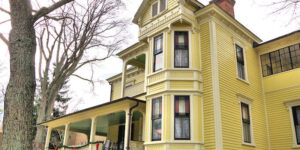
The author was born and raised in the city, a modest museum now stands at his mother’s 29-room boarding home (his childhood home nearby no longer stands). Wolfe spent most of his youth in this home, though, and many of the boarders later inspired the characters when Wolfe revisited his stormy relationship with the city in Look Homeward, Angel. The book was famously ill-received by Asheville residents, who felt the book presented them as hostile and ignorant. For years, the book was unavailable at the local library, which led Wolfe to stay away from the city until 1937. Over the decades, the hostility softened and the author’s global success led to a gradual acceptance of the author as a hometown son. The memorial site, once called “Old Kentucky Home,” was a popular site for travelers and health seekers in the early 20th century, and the museum provides a glimpse of the city’s early prominence. The best part is the tour is self-guided, and there’s even a short film about the author and his writings.
Warren Wilson College
1:00pm
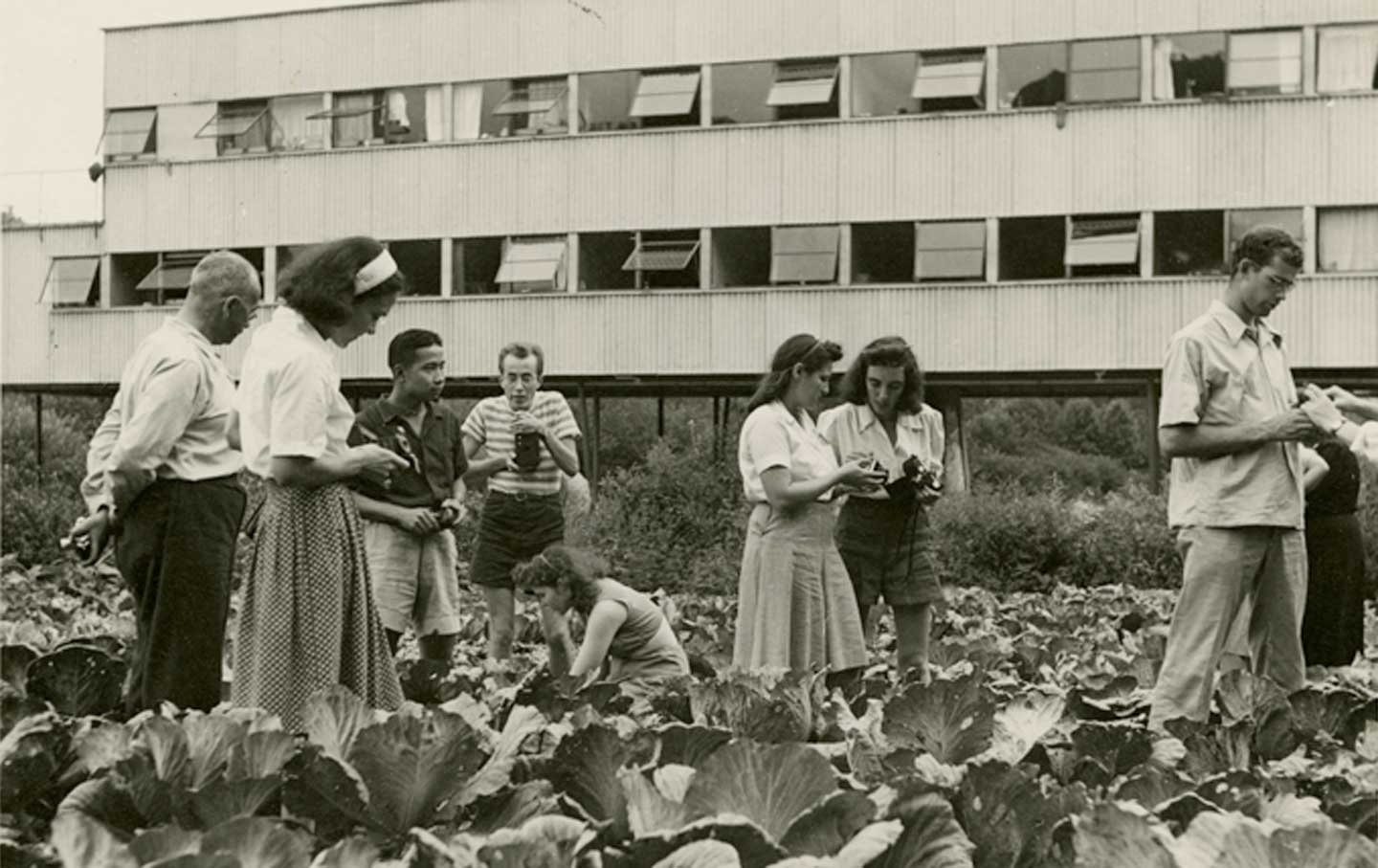
Right outside Asheville was the home of the education experiment of Black Mountain College, an early cheerleader for an interdisciplinary approach with arts at the forefront of the program. During the 1930s and 1940s the school became an incubator for artistic talent, including where Merce Cunningham formed her dance company, John Cage staged his first musical happening, and Buckminster Fuller built his first large-scale geodesic dome.
When Charles Olson took over in the 1950s, the school focused on literature under him, and with Robert Creeley, developed the Black Mountain Poets. While the school closed in 1957, Black Mountain was a precursor to many alternative colleges, including Warren Wilson College which is located just minutes down the road from where the college was located (now the location of Camp Rockmont for Boys).
Today, Warren Wilson College is known for its prestigious low-residency MFA program, the first in the country. The campus is a gorgeous place to explore and hike, including a 275-acre working farm and 25 miles of hiking trails. And the faculty is stocked with award-winning writers, including Nicole Sealey, Peter Orner, Lesley Nneka Arimah, and Lysley Tenorio.
The Hunger Games and Dupont State Forest
4:00pm
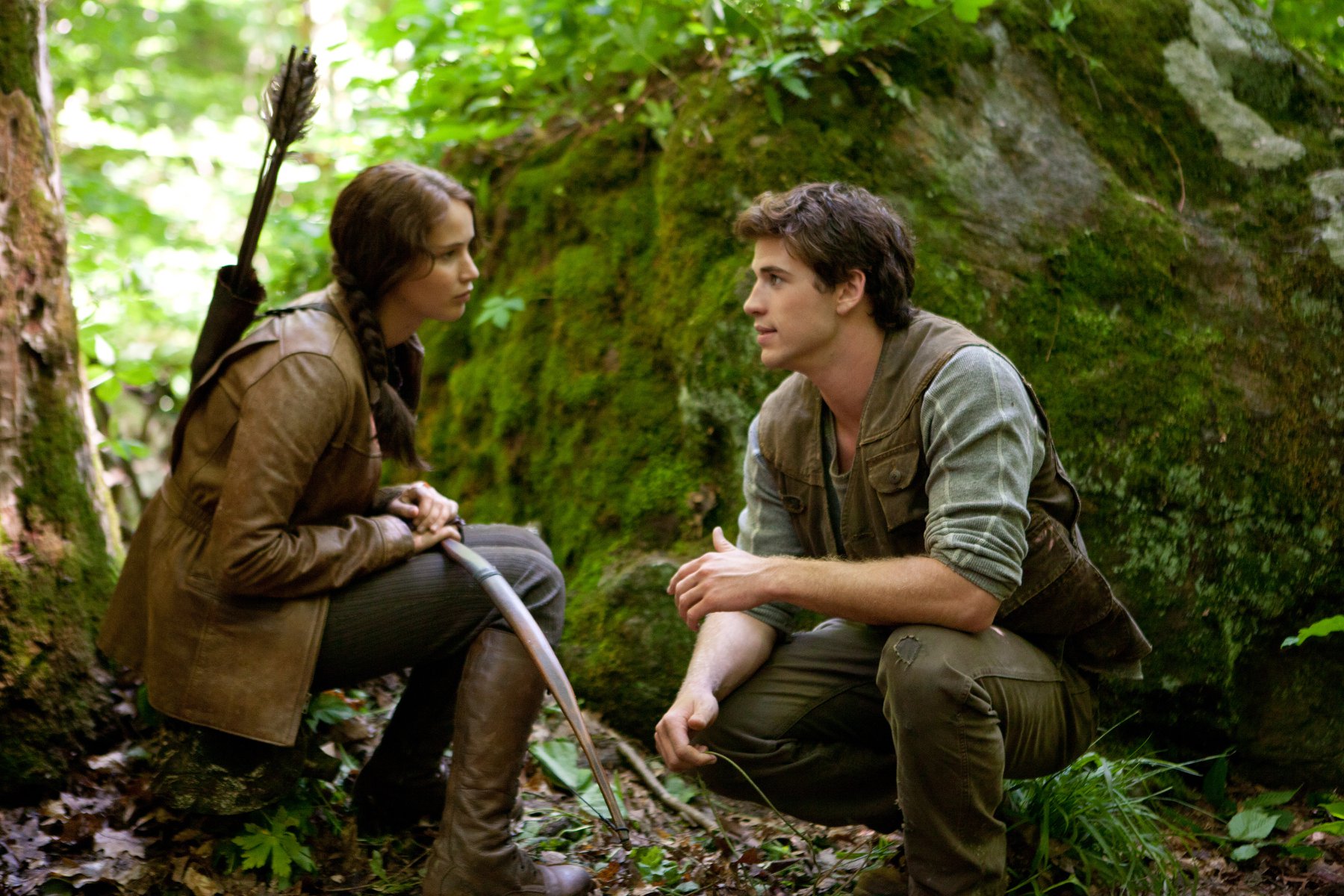
If you’re looking for a great hike—and some great literary connections—then head to Dupont State Forest, where many scenes from The Hunger Games was filmed. Start at Triple Falls, where Katniss almost stepped on Peeta’s face. Follow the trail to Bridal Falls, where Katniss had cooled off after burning her leg. If you want to explore the film’s connections to the city even further, the Charlotte Convention Center were part of the Capitol, and Henry River Mill Village stood in for District 12.
Battery Park Book Exchange and Champagne Bar
7:00pm
Not many things can make a great bookstore better, but one thing is a glass of champagne. At Battery Park Book Exchange in downtown Asheville, you can browse an excellent selection of new and rare books as well as kick back the afternoon with a glass—or bottle—of champagne inside a library with more than 22,000 books. (Plus, a very detailed map of North Carolina in the bathroom!)
*
· SATURDAY ·
Carl Sandburg Home
10:00am
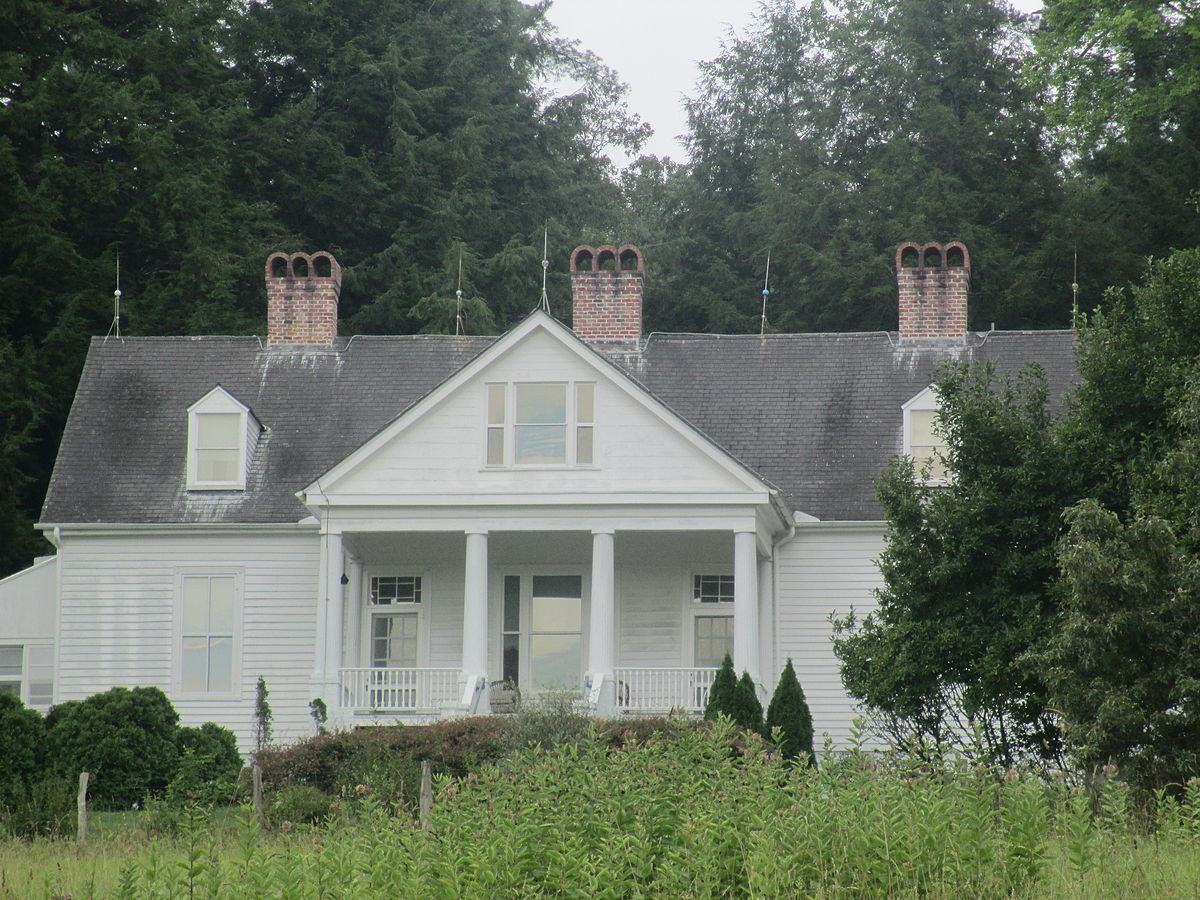
Not far from the city, you can take a half-hour drive to the farm where Carl Sandburg wrote many of his memorable works, including Remembrance Rock and Always the Young Strangers. At Connemara, the farm he purchased in 1945 and lived until his death in 1967, you can tour his third floor study where he wrote, along with the stone perch nearby the house where he wrote as well. Be sure to visit the goats, the prize-winning breed of Sandburg’s wife when she realized the property was an ideal location for dairy goats.
The Biltmore Estate
1:00pm
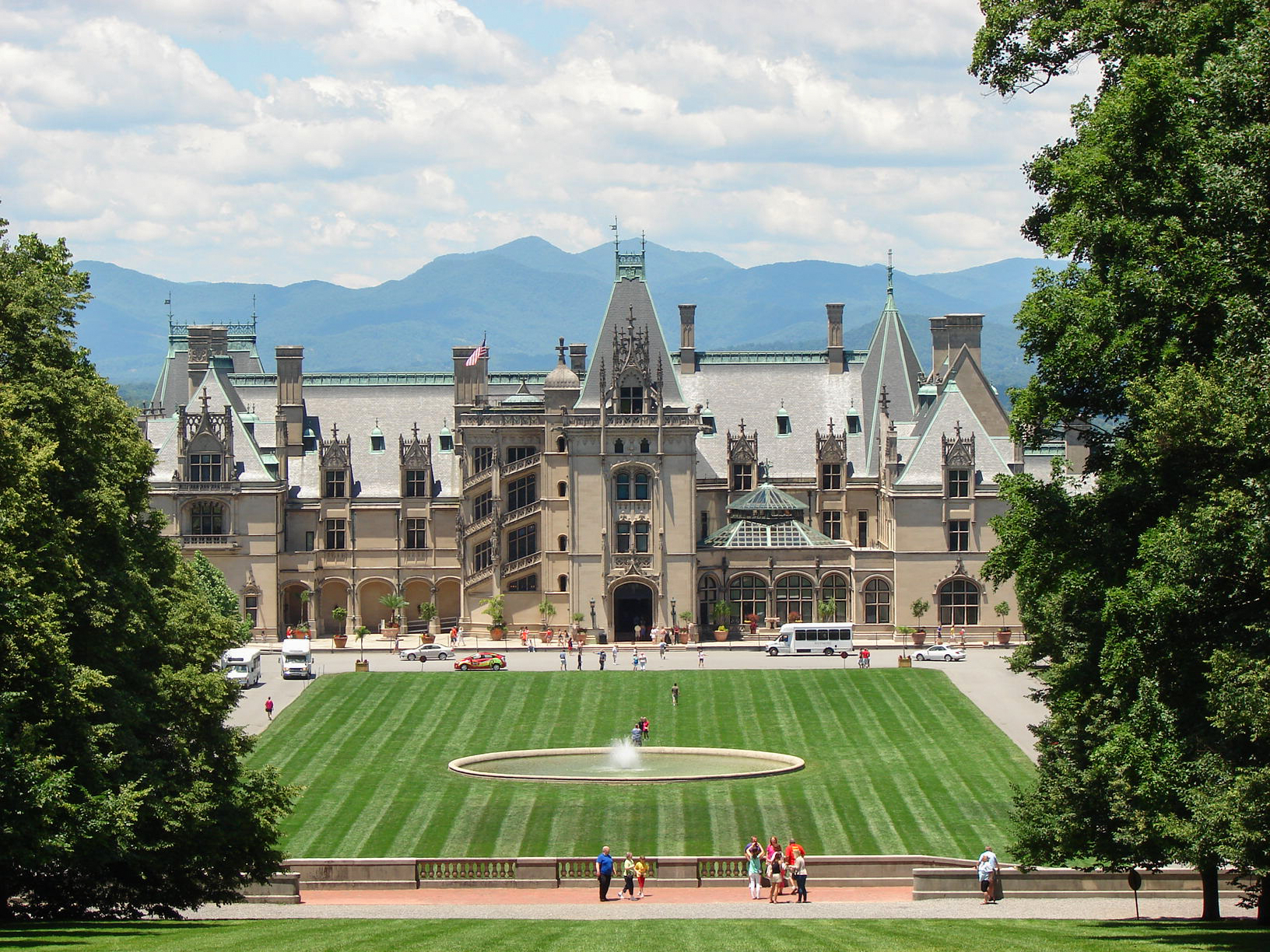
Asheville is the location of America’s largest home, the Biltmore Estate, a Chateausque-style mansion built for George Washington Vanderbilt, with over 178,926 square feet of floor space. Still owned by the Vanderbilts, it remains a prominent example of Gilded Age mansions. Along with touring the gardens and eating lunch in the old horse stables, one of the biggest highlights is the Vanderbilt library. The two-story library contains over 10,000 volumes in eight languages, showcasing George Vanderbilt’s broad taste in literature. Fun fact: as a young child, George started recording all the books he read in a journal, accumulating over 22,000 volumes.
Malaprop’s Bookstore
4:00pm
Amongst the shops and restaurants downtown, Malaprop’s has been the best bookstore in the city since 1982. With a focus on local authors, the bookstore hosts many book clubs, and has kept a strong mission supporting LGBTQ groups among its dozens of author readings and events each year.
Riverside Cemetery
6:00pm

Along with Thomas Wolfe, O. Henry, born William Henry Porter, is buried here. While not from the city, O. Henry had married an Asheville native, his childhood sweetheart who he met again when revisiting his home state. While living most of his life outside the state, including his long history of alcoholism and bouts in prison, once he fell ill his wife took him back to Asheville, where he spent the last few months of his life. Fans of O.Henry often leave $1.87 in pennies at his grave in honor of his short story, “The Gift of the Magi.”
*
· SUNDAY ·
Grove Park Inn
10:00pm
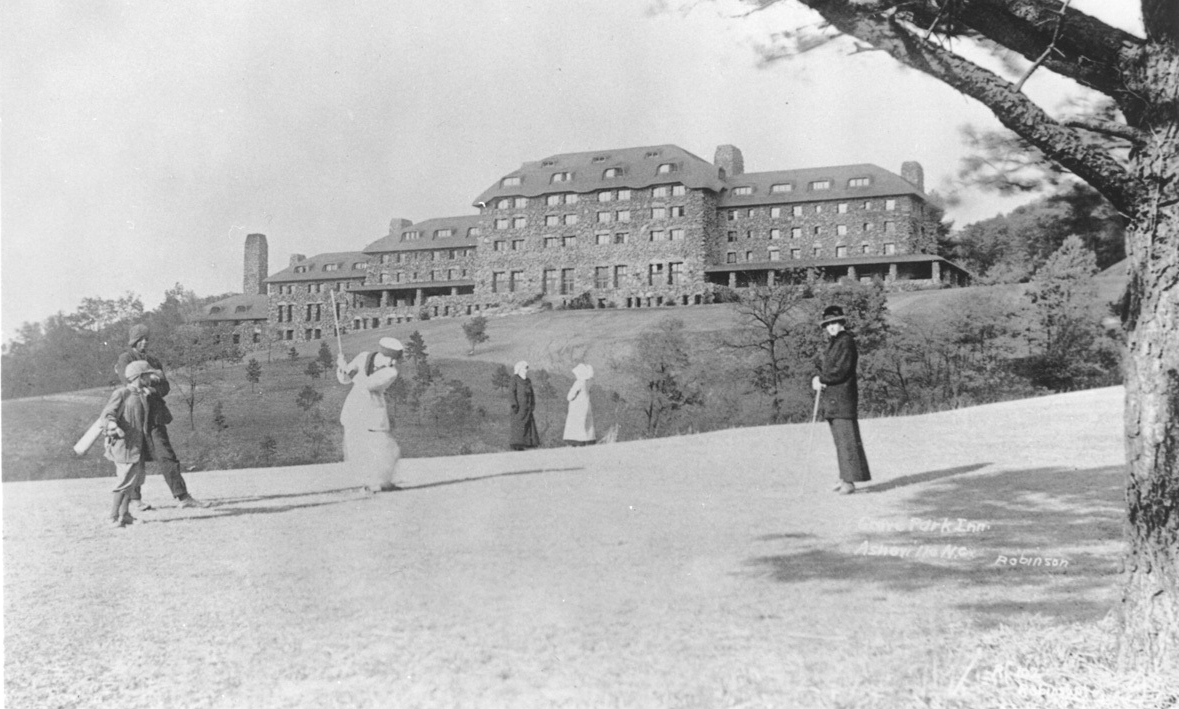
Built in 1913 with a distinct red clay tile roof, the Grove Park Inn embodied the Arts and Crafts movement that emerged in the late Victorian period in England, an environment in which workmanship and craftsmanship governed. Asheville has always been known as a health destination, with many people believing the region’s climate had health benefits. Over the decades, the hotel has hosted numerous celebrities, writers, and politicians, from Woodrow Wilson and John Rockefeller to Harry Houdini, Barack Obama, and Michael Jordan.
Most famously, the hotel was where F. Scott Fitzgerald stayed for two years while his wife Zelda was a patient in a local insane asylum, from 1935 to 1936, with one room for writing and another room for sleeping. (Additionally, as the area is known for “rest, relaxation, and respite” it was the perfect location for F. Scott to rest after his bout with tuberculosis.)
Today, you can book the “Fitzgerald suite,” where the author had stayed. For the more macabre of literary fans, you can also drive past the site on Montford Avenue, the Highland Hospital, where Zelda had died along eight other women, after a fire at the sanitarium broke out in 1948.



















